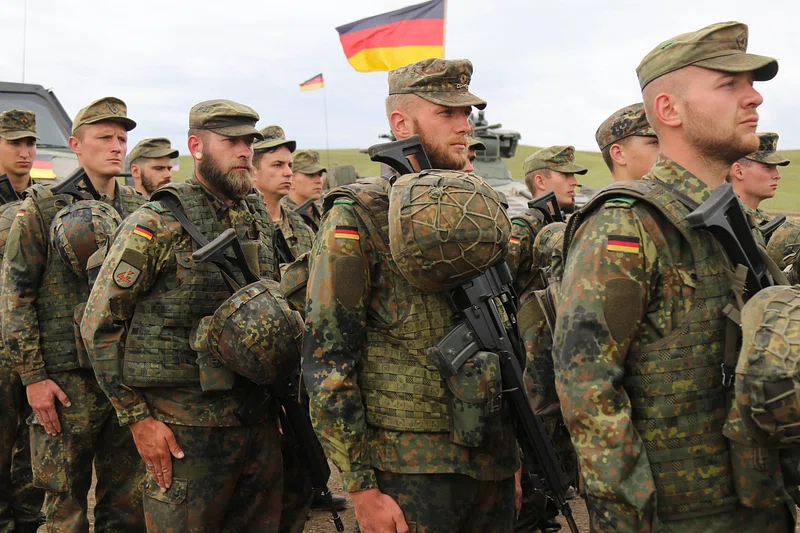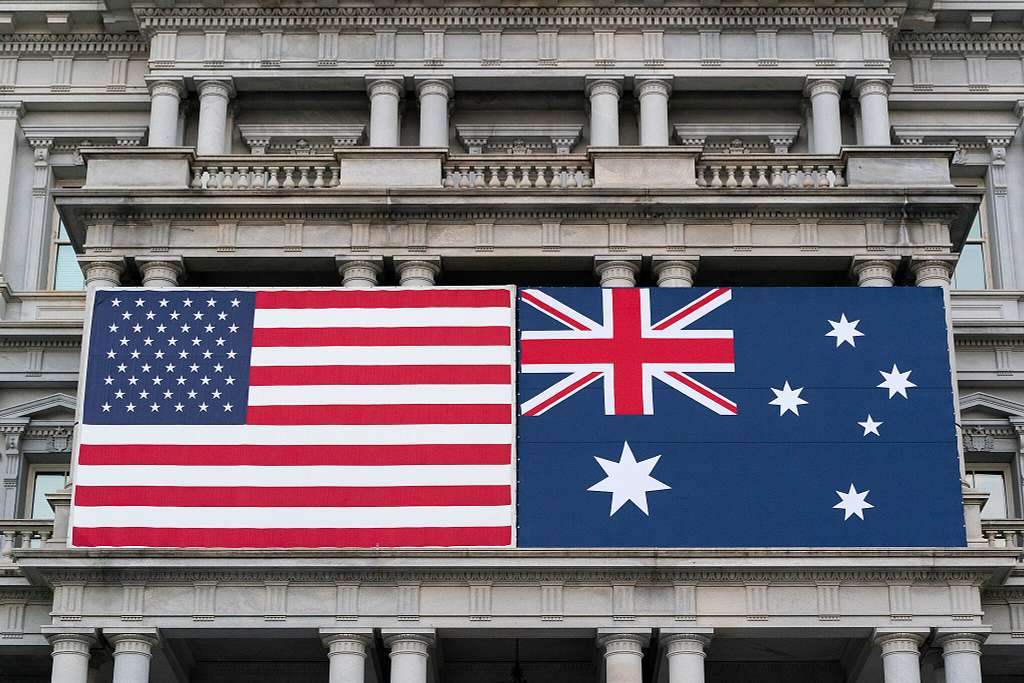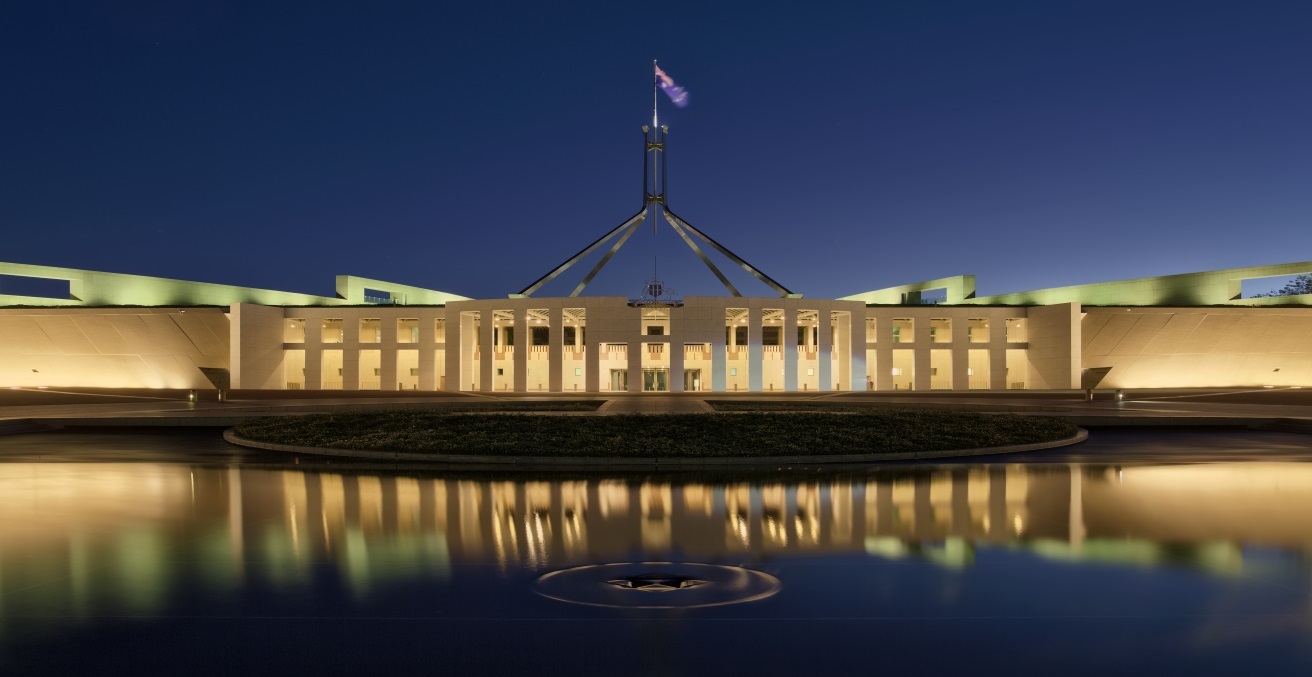This week, the UN Security Council marked the 20th anniversary of the horrific massacre in Srebrenica by failing to pass a draft resolution strongly condemning the events there as genocide. Alex Bellamy reflects that, after Srebrenica and Rwanda, the world is more aware of the potential for mass murder, and more prepared to act.
“Where were you?”, a ten year old survivor of the Rwandan genocide asked my friend and colleague, Simon Adams – Director of the Global Centre for the Responsibility to Protect in New York. My own academic and political journey began in Bosnia. In 1991, at the age of 16, I wrote my first long school essay. It was on the collapse of Yugoslavia. In it, I warned that the international community’s failure to respond effectively to the crisis in Croatia did not bode well for the people of Bosnia. In the years that followed, I travelled regularly to Croatia, Bosnia and Kosovo. My PhD, first academic articles and first two books were all concerned with these three places. After Srebrenica, “Where were you?” was a question I heard many times in Bosnia. The question is both personal and political. It is a challenge to account for what we all, personally, did in the face of genocide, and a broader question about the international community’s response. Neither Simon Adams in Rwanda nor I in Bosnia had convincing answers to that question. But the Responsibility to Protect (R2P) is a global effort to find better answers. And if R2P is an important part of the legacy of Srebrenica, then the twentieth anniversary of the genocide there is an urgent reminder that we should all redouble our efforts to deliver on that commitment.
Twenty years ago, in July 1995, genocide came to Srebrenica in eastern Bosnia. As the town fell to Bosnian Serb forces commanded by General Ratko Mlsdic, Hurem Suljic, a disabled 54-year old bricklayer joined the thousands of mostly women and children seeking refuge outside the UN’s main base in Srebrenica, in Potocari, whilst the enclave’s military-aged men and older boys fled into the mountains. Dutch peacekeepers, mandated to maintain a ‘safe area’ and deter attacks on Srebrenica, handed control of the base to the Bosnian Serbs. Suljic was among several hundred men and boys separated from the women and girls. After two days of being held in a warehouse, trucks took Suljic and around 3,000 to a field covered with bodies. The men were ordered to leave the trucks and line up with their backs to the soldiers, facing the field of bodies. He heard automatic gunfire and the prisoners fell. Some fell on top of Suljic, knocking him to the ground though he was not hit. In intervals between the shooting, a soldier walked among the bodies to finish off those still moving with a pistol shot to the head.
The killing continued throughout the day. Group after group was brought to the field by trucks and the process repeated. After the last group was killed, the soldiers decided that they would not bury the dead that night and left. Suljic called out to see if there were any other survivors. There was only one. Together they headed for the woods and the frontline. Three days later they escaped into Bosnian government-held territory. In total, more than 7,600 men and boys were massacred in the days that followed the fall of Srebrenica.
The R2P principle, agreed by the UN General Assembly a decade after these terrible events, was underwritten by a deep sense that in Srebrenica, and in Rwanda a year earlier, the international community had badly failed the victims of genocide by refusing to stand up to the perpetrators.
A great many things have changed as a result. Although neither swift nor smooth, the long arm of the law caught up with the perpetrators of genocide in Srebrenica. There has been no impunity for those most responsible for the killing. UN peacekeeping has also changed fundamentally. Peacekeepers are now presumed to have a duty to protect civilians attacked within their areas of operations, and the UN Security Council now regularly grants its missions what it would not grant UNPROFOR in Srebrenica – a robust mandate to use all means necessary to protect civilians. Tactics and policies on the ground have also changed. When civil war erupted in South Sudan in 2013, the UN mission there opened its gates to displaced civilians. When challenged by armed militia, the peacekeepers stood their ground. It was a high stakes game of bluff, but thousands of civilians were protected. To this day, more than 100,000 people still find shelter and protection in the UN’s bases in South Sudan.
Now, thanks in part to R2P, the world is more likely to respond to atrocity crimes than it was in 1995, and is much more likely to prioritise protection.
With the normative arguments about R2P largely won, the focus should now turn squarely on how we deliver on this commitment. The record so far is mixed. There have been successes, as in Kenya, Cote d’Ivoire, and Guinea. But in other situations, most notably Syria, the international community has been too divided to marshal effective responses to atrocity crimes. In other cases, it is difficult to offer simple answers about how the international community has performed. In practice, protection often involves difficult compromises. Timely action in Libya averted a massacre and probably shortened the civil war there, saving lives; but it left behind a weak state and fragmented society. In the Central African Republic, decisive action came late, but probably contributed to the prevention of genocide. In Darfur, peacekeepers and humanitarians unquestionably save lives and deter atrocities, but they cannot provide comprehensive protection. On balance, however imperfect, these protection efforts do more good than harm.
In R2P, the genocide in Srebrenica has bequeathed a powerful legacy that is helping to improve protection around the world. But R2P is an aspiration – not a self-fulfilling norm. The list of what needs to be done is long, ranging from persuading the West to re-engage with UN peacekeeping, to providing more secure funding for the organisation’s political and diplomatic efforts. The world is also confronting an unprecedented crisis of displacement caused, largely, by armed conflict and atrocity crimes.
R2P is not just a collective responsibility, however. It is an individual one. For those of us old enough to remember Srebrenica, the anniversary is a time to reflect on where we were, and what each of us might do in the future to fulfill our own responsibility to protect.
Alex J. Bellamy is Director of the Asia Pacific Centre for the Responsibility to Protect and Professor of Peace and Conflict Studies at The University of Queensland, Australia. This article can be republished with attribution under a Creative Commons Licence.




